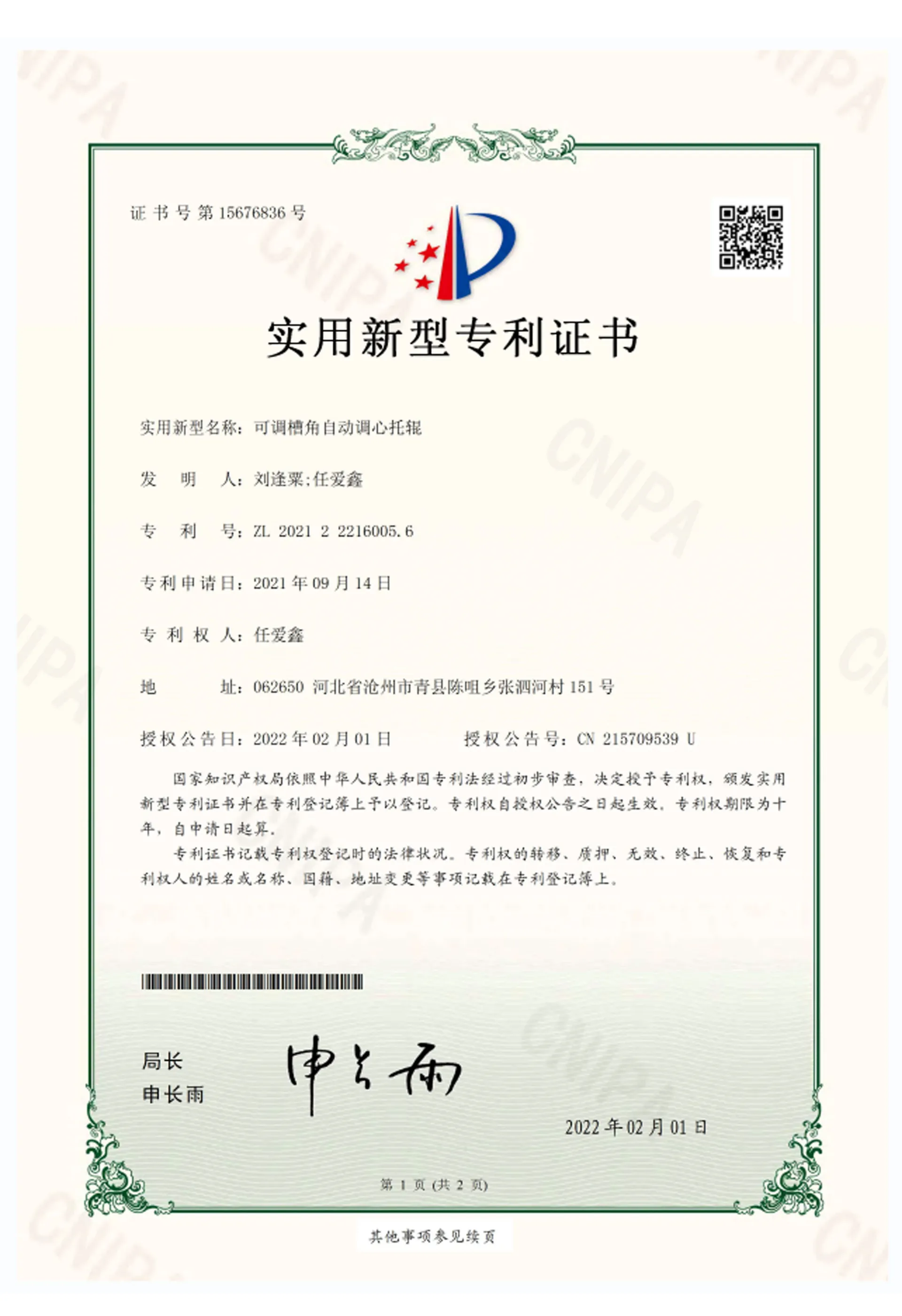 Afrikaans
Afrikaans  Albanian
Albanian  Amharic
Amharic  Arabic
Arabic  Armenian
Armenian  Azerbaijani
Azerbaijani  Basque
Basque  Belarusian
Belarusian  Bengali
Bengali  Bosnian
Bosnian  Bulgarian
Bulgarian  Catalan
Catalan  Cebuano
Cebuano  Corsican
Corsican  Croatian
Croatian  Czech
Czech  Danish
Danish  Dutch
Dutch  English
English  Esperanto
Esperanto  Estonian
Estonian  Finnish
Finnish  French
French  Frisian
Frisian  Galician
Galician  Georgian
Georgian  German
German  Greek
Greek  Gujarati
Gujarati  Haitian Creole
Haitian Creole  hausa
hausa  hawaiian
hawaiian  Hebrew
Hebrew  Hindi
Hindi  Miao
Miao  Hungarian
Hungarian  Icelandic
Icelandic  igbo
igbo  Indonesian
Indonesian  irish
irish  Italian
Italian  Japanese
Japanese  Javanese
Javanese  Kannada
Kannada  kazakh
kazakh  Khmer
Khmer  Rwandese
Rwandese  Korean
Korean  Kurdish
Kurdish  Kyrgyz
Kyrgyz  Lao
Lao  Latin
Latin  Latvian
Latvian  Lithuanian
Lithuanian  Luxembourgish
Luxembourgish  Macedonian
Macedonian  Malgashi
Malgashi  Malay
Malay  Malayalam
Malayalam  Maltese
Maltese  Maori
Maori  Marathi
Marathi  Mongolian
Mongolian  Myanmar
Myanmar  Nepali
Nepali  Norwegian
Norwegian  Norwegian
Norwegian  Occitan
Occitan  Pashto
Pashto  Persian
Persian  Polish
Polish  Portuguese
Portuguese  Punjabi
Punjabi  Romanian
Romanian  Russian
Russian  Samoan
Samoan  Scottish Gaelic
Scottish Gaelic  Serbian
Serbian  Sesotho
Sesotho  Shona
Shona  Sindhi
Sindhi  Sinhala
Sinhala  Slovak
Slovak  Slovenian
Slovenian  Somali
Somali  Spanish
Spanish  Sundanese
Sundanese  Swahili
Swahili  Swedish
Swedish  Tagalog
Tagalog  Tajik
Tajik  Tamil
Tamil  Tatar
Tatar  Telugu
Telugu  Thai
Thai  Turkish
Turkish  Turkmen
Turkmen  Ukrainian
Ukrainian  Urdu
Urdu  Uighur
Uighur  Uzbek
Uzbek  Vietnamese
Vietnamese  Welsh
Welsh  Bantu
Bantu  Yiddish
Yiddish  Yoruba
Yoruba  Zulu
Zulu Durable PU Conveyor Rollers for Efficient Material Handling Solutions
Understanding PU Conveyor Rollers A Key Component in Material Handling
In the world of logistics, manufacturing, and material handling, conveyor systems are essential for the efficient movement of goods. Among the various components that make up these systems, conveyor rollers play a crucial role. One material that has gained significant attention in the production of conveyor rollers is polyurethane (PU). This article explores the advantages of PU conveyor rollers, their applications, and why they have become a preferred choice in numerous industries.
What Are PU Conveyor Rollers?
PU conveyor rollers are cylindrical components coated with polyurethane, a flexible and durable polymer. These rollers are designed to transport goods along conveyor belts and are used in various industries, including manufacturing, food processing, packaging, and logistics. The unique properties of polyurethane make it an excellent material for conveyor rollers, enhancing their performance and longevity.
Advantages of PU Conveyor Rollers
1. Durability One of the standout features of PU conveyor rollers is their durability. Polyurethane is known for its high resistance to wear and tear, which makes these rollers suitable for heavy-duty applications. They can withstand constant friction and impact without significant degradation, resulting in a longer lifespan.
2. Load Capacity PU rollers can handle substantial loads without compromising performance. This characteristic is particularly important in industries such as mining and construction, where heavy materials need to be transported.
3. Noise Reduction Unlike traditional metal or plastic rollers, PU conveyor rollers operate quietly, reducing noise pollution in work environments. This makes them an excellent choice for facilities where reducing noise levels is a priority, such as food processing or retail spaces.
4. Chemical Resistance PU is resistant to many chemicals, including oils, solvents, and various acids. This property allows PU conveyor rollers to be used in diverse environments without worrying about chemical damage, making them versatile across different industries.
5. Grip and Traction PU’s natural gripping properties ensure that goods remain securely in place during transit. This feature minimizes the risk of slipping or damage to transported items, especially when dealing with delicate products.
pu conveyor roller

6. Customization PU conveyor rollers can be manufactured in various sizes, shapes, and specifications. This customization capability allows businesses to design a conveyor system that meets their specific operational needs, optimizing productivity.
Applications of PU Conveyor Rollers
PU conveyor rollers are employed in a wide range of industrial applications. Some notable uses include
- Manufacturing In assembly lines, PU rollers facilitate the smooth transportation of products from one station to another, enhancing productivity and workflow.
- Food Processing Their hygienic properties and ease of cleaning make PU rollers ideal for moving food items through various stages of processing and packaging.
- Logistics and Warehousing In distribution centers, PU conveyor rollers help streamline the sorting and packaging process, allowing for faster order fulfillment.
- Automotive Industry PU rollers assist in the movement of heavy automotive parts, supporting assembly line operations while ensuring safety and efficiency.
Conclusion
PU conveyor rollers have become an integral part of modern material handling systems, offering numerous advantages over traditional roller materials. Their durability, load capacity, noise reduction, chemical resistance, grip, and customization options make them a preferred choice across various industries. As businesses continue to seek ways to optimize operations and enhance efficiency, the adoption of PU conveyor rollers is likely to increase. Understanding the benefits and applications of these rollers is essential for companies looking to invest in high-quality conveyor systems. Ultimately, the choice of PU conveyor rollers can lead to improved productivity, increased efficiency, and significant long-term cost savings.
-
Revolutionizing Conveyor Reliability with Advanced Rubber Lagging PulleysNewsJul.22,2025
-
Powering Precision and Durability with Expert Manufacturers of Conveyor ComponentsNewsJul.22,2025
-
Optimizing Conveyor Systems with Advanced Conveyor AccessoriesNewsJul.22,2025
-
Maximize Conveyor Efficiency with Quality Conveyor Idler PulleysNewsJul.22,2025
-
Future-Proof Your Conveyor System with High-Performance Polyurethane RollerNewsJul.22,2025
-
Driving Efficiency Forward with Quality Idlers and RollersNewsJul.22,2025





























